Die casting mold: an important role in modern manufacturing
Die casting mold is a tool used in die casting process. Its main function is to pour liquid metal or alloy into a pre-prepared cavity, solidify and form under pressure, and finally obtain the required metal parts. This high-precision tool can not only produce parts with complex shapes and precise dimensions, but also improve production efficiency and reduce production costs while ensuring quality. This article will explain in depth what is a die casting mold, its main components, how to make it, whether the die casting mold can be reused, how long is the service life, and how to improve the service life. I believe that after reading this article, you will get the answer to the question.
1.What is a die casting mold
The die casting mold is an indispensable tool in the die casting production process, which is used to pour liquid metal into the mold cavity for molding. It mainly consists of a clamping device, a molding part, and a discharge part. The clamping device is responsible for accurately injecting molten metal into the cavity, including two systems: mechanical and hydraulic. The molding part is the core of the mold, including a moving and fixed template and a fixed plate, etc., which determines the shape and size of the final product. The discharge part ensures that the finished product is smoothly removed from the mold.
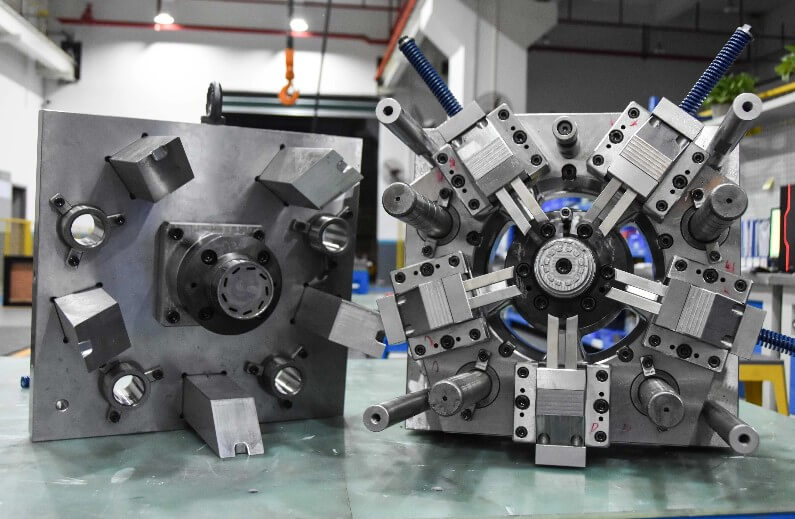
2.Main components of die casting molds
(1) Molding system:
Including cavity, fixed core and movable core, etc. These components together constitute the geometric shape of the casting and determine the quality and precision of the die casting.
(2) Casting system:
It consists of sprue, cross runner and inner gate. It is the channel for molten metal to enter the mold cavity and has an important influence on the filling condition of the casting.
(3) Overflow system:
Including overflow trough and exhaust trough, which are used to remove excess molten metal and gas in the mold cavity to ensure the quality of the casting.
(4) Ejection system:
It consists of ejection elements (such as push rod, push tube, unloading plate, etc.), reset elements, limit elements, guide elements and structural elements, which are responsible for ejecting the casting from the mold after opening the mold.
(5) Core pulling system:
For castings with side holes or side recesses, a core pulling mechanism is required, including molding elements, moving elements, transmission elements, locking elements and limit elements.
(6) Support system:
It consists of a fixed die plate, a fixed die plate, a movable die plate, a movable die support plate, a die seat, an ejection plate, guide parts, etc., providing structural support for the die casting mold.
(7) Heating/cooling system:
It consists of heating and cooling oil/water circuits, which are used to control the temperature of the die, ensure uniform cooling of the casting, and improve production efficiency.
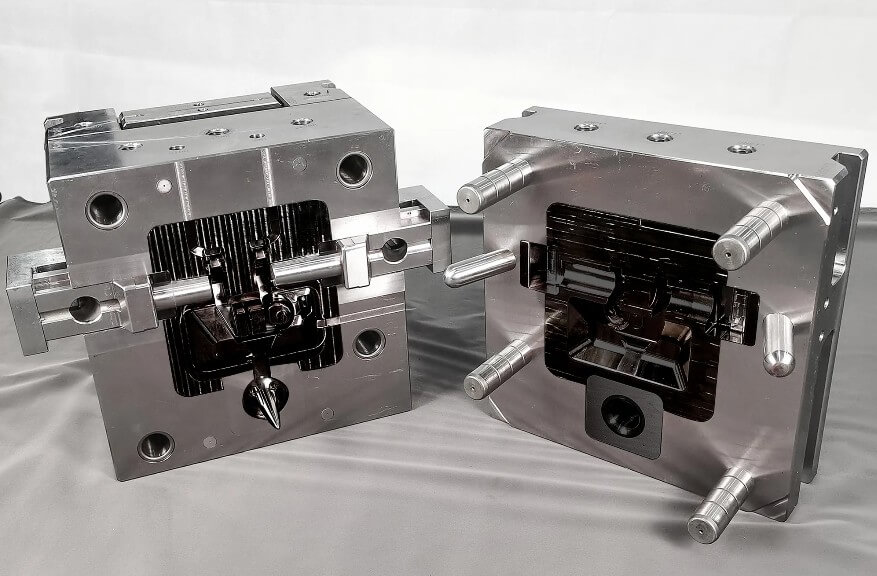
3.How to make a die casting mold?
Die casting molds are an indispensable part of modern manufacturing and are widely used in industries such as automobiles, electronics, and home appliances. Making die casting molds is a complex and precise process that requires a high degree of technology and expertise.
(1) Material selection
Selecting the right material is the first step in making a die casting mold. The mold material needs to have good hardness, wear resistance, impact resistance, and heat resistance. Commonly used materials include cast iron, forged steel, carbon steel, stainless steel, and alloy steel. Cast iron is often used in general die casting molds due to its good wear resistance and cost-effectiveness; stainless steel and alloy steel are suitable for large precision molds due to their higher strength and corrosion resistance.
(2) Mold design
Before making the mold, detailed design work is required. The designer needs to draw a three-dimensional drawing of the mold based on the part drawings and technical requirements provided by the customer. During the design process, factors such as the mold structure, size, material, and processing technology need to be considered to ensure that the mold can meet production needs. The matching of the die casting machine also needs to be considered during the design stage to ensure that the mold can operate effectively on the specified die casting machine.
(3) Mold manufacturing
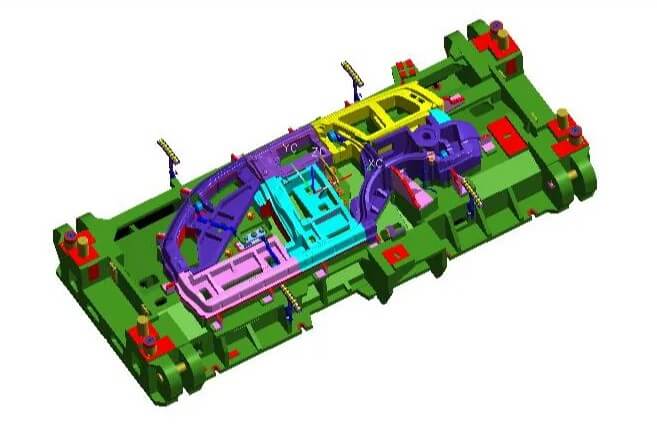
1) Rough machining:
According to the design drawings, the mold is first rough-machined. This step includes cutting, drilling, and milling to initially form the overall shape of the mold.
2) Finishing:
Based on the rough machining, fine machining is performed. This step includes grinding, mirror machining, etc. to improve the surface finish and precision of the mold. EDM and wire cutting are also required during the finishing process to produce complex parts.
3) Heat treatment:
After the mold parts are processed, they need to be heat-treated to improve their mechanical properties, such as hardness, wear resistance, and impact resistance.
4) Adjustable cavity structure:
For molds that need to produce parts of different specifications and sizes, it is necessary to design and manufacture an adjustable cavity structure. This can be achieved through threads, sliders or clamps to flexibly adjust the size and shape of the cavity.
(4) Mold assembly and debugging
1) Assembly:
Assemble the processed mold parts. The assembly process needs to be strictly carried out in accordance with the design drawings to ensure that the parts are accurately matched.
2) Debugging:
After assembly, debugging is required. The purpose of debugging is to check whether the various parts of the mold can operate normally and whether they meet the customer’s requirements. During the debugging process, multiple mold trials are required to adjust and correct the mold until it meets the customer’s requirements.
(5) Precautions
1) Accurate dimensions:
When making die casting molds, the dimensions must be accurate to ensure that the finished product meets the specifications.
2) Surface treatment:
After the mold is made, the surface needs to be treated, such as sandblasting, polishing, etc., to improve its wear resistance and corrosion resistance.
3) Maintenance:
The mold needs to be regularly maintained during use to ensure its functionality and extend its service life.
Summary:
Through the above steps, a high-quality die casting mold can be made. Making a die casting mold is a technology-intensive process. Each step needs to be carefully designed and strictly executed to finally produce a mold that meets production needs.
4.Can the die casting mold be reused? How long is the service life?
The die casting mold can be reused, and its service life is affected by many factors, including the material of the mold, the quality of heat treatment, the wall thickness of the casting, the mold design, and the use and maintenance.
(1) Mold material and heat treatment:
The material and heat treatment of the mold have a significant impact on its life. The mold life of domestic H13 steel is generally 30,000-50,000 pieces, while the mold life of imported H13 steel can reach about 100,000 pieces.
(2) Casting wall thickness:
The wall thickness of the casting will also affect the mold life. Thick wall castings may result in a relatively short mold life.
(3) Mold design:
The rationality of the mold design will also affect its life. Unreasonable mold design may lead to uneven local force, thus shortening the mold life.
(4) Use and maintenance:
The frequency of use and maintenance of the die casting mold will also affect its life. Excessive use frequency and improper maintenance will accelerate mold fatigue and damage.
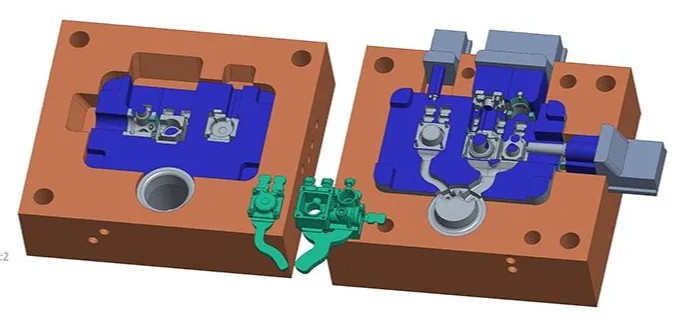
5.Effective methods to improve the service life of die casting molds
(1) Select suitable mold materials
The selection of mold materials is the basis for improving its service life. High-quality mold steel should have high thermal fatigue resistance, good thermal conductivity, wear resistance and corrosion resistance. Commonly used mold steels such as H13 are widely used in die casting molds due to their excellent toughness and thermal fatigue resistance. In addition, the selection of materials also needs to consider its small heat treatment deformation and low thermal expansion coefficient.
(2) Optimize mold design
The rationality of mold design directly affects its service life. Sharp corners and corners should be minimized in the design. These parts are prone to stress concentration and cracking. Reasonable design of the cooling system ensures that the temperature of the die casting mold is evenly distributed during operation to avoid local overheating. In addition, the structure of the mold should be easy to maintain and service.
(3) Improve the manufacturing process
The accuracy and rationality of the manufacturing process have a significant impact on the life of the mold. Precision processing can reduce surface defects and improve the surface finish of the mold, thereby reducing wear and corrosion. Optimization of the heat treatment process is also very critical. Through appropriate heat treatment processes, such as vacuum quenching and deep cold treatment, the organizational structure of the die casting mold can be improved, and its strength and toughness can be improved.
(4) Surface strengthening treatment
Surface strengthening treatment is an effective means to extend the service life of the mold. Commonly used surface treatment methods include laser strengthening, nitriding, carburizing, and vapor deposition technology. These methods can improve the hardness, wear resistance and corrosion resistance of the mold surface without changing the properties of the mold base material. For example, laser quenching can significantly increase the hardness of the mold surface, and nitriding treatment can improve the fatigue strength and anti-bite property of the surface.
(5) Strengthen mold maintenance and care
Regular maintenance and care of the mold is an important measure to extend its service life. This includes regular cleaning of the mold surface, checking the wear of the mold, and repairing it in time. Reasonably preheat the mold, control the temperature change during the die casting process, and reduce the impact of thermal stress on the mold. In addition, the use of appropriate lubricants and release agents can reduce friction and corrosion on the mold surface.
(6) Optimize the die casting process
Optimizing die casting process parameters, such as die casting speed, pressure and temperature, can reduce the impact and stress on the mold. Reasonable die casting process can avoid premature failure of the mold and increase the service life of the die casting mold.
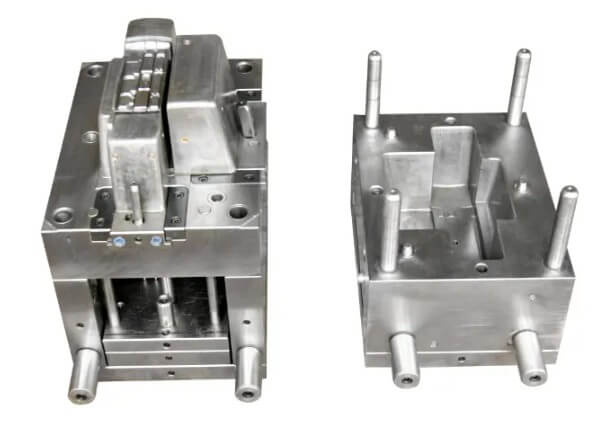
6.Summary
Every link in the design and manufacturing of die casting molds requires careful consideration and continuous innovation. The advancement of mold technology has enabled die-casting molds to produce qualified castings under the conditions of high precision, low cost and high efficiency, making an important contribution to the prosperity of the manufacturing industry.

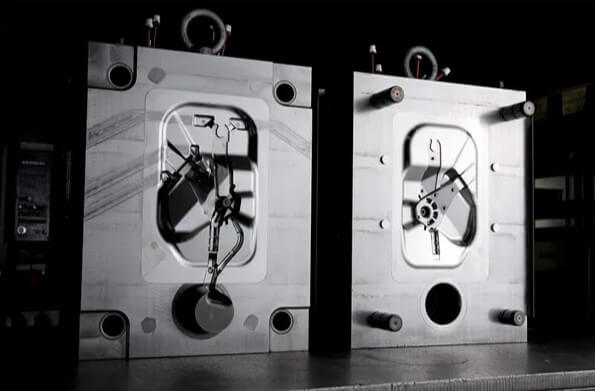
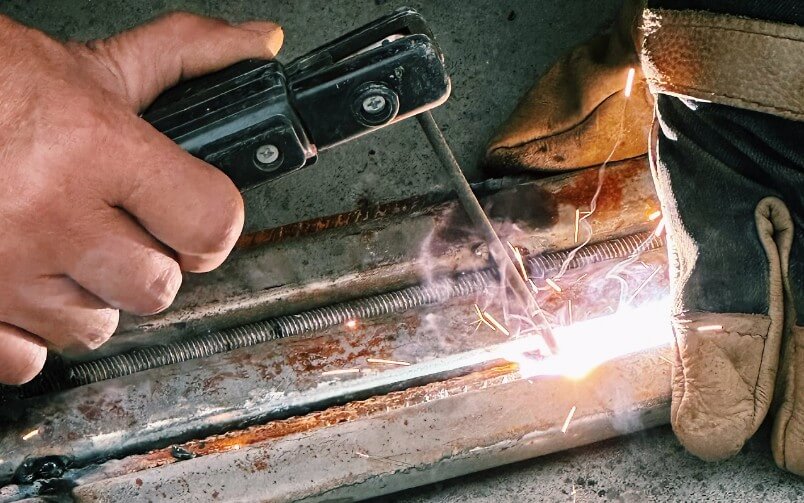
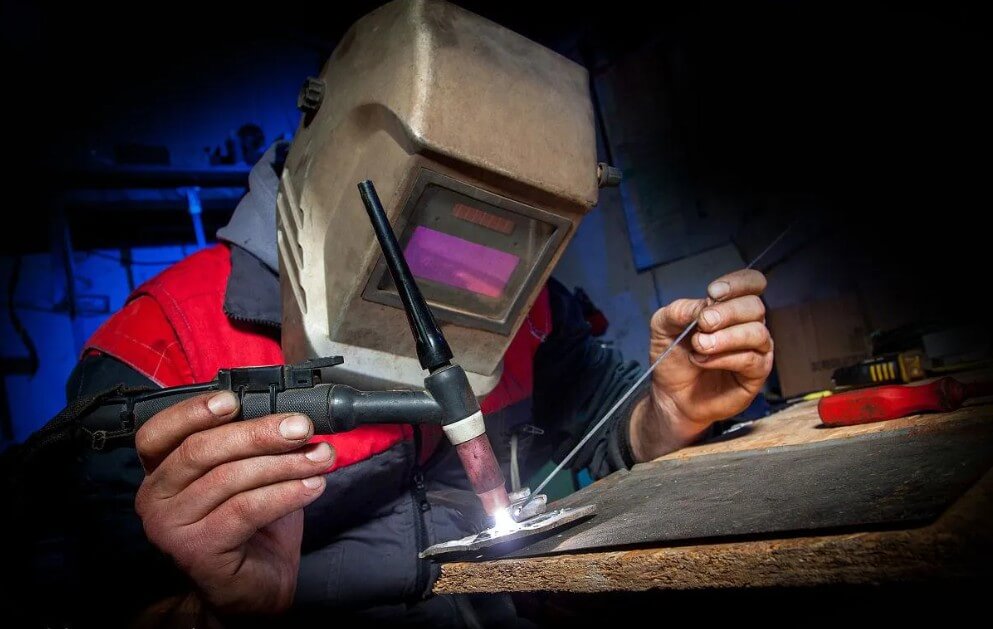
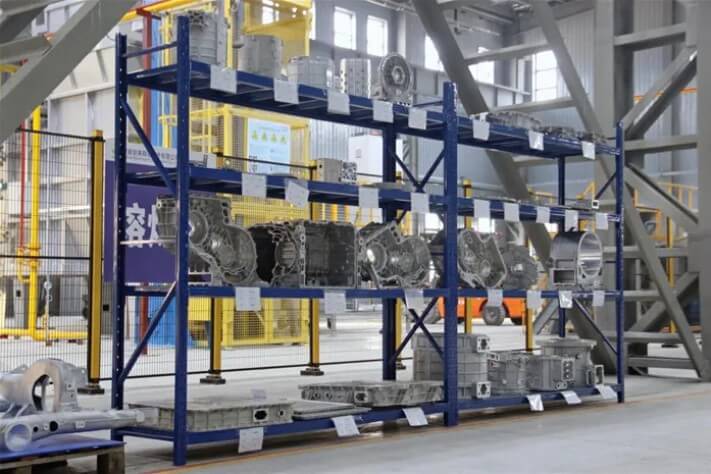
What do you think?
[…] steel is often used in aluminum alloy die-casting molds due to its excellent thermal strength and thermal stability. 3Cr2W8V steel can withstand high […]
Comments are closed.